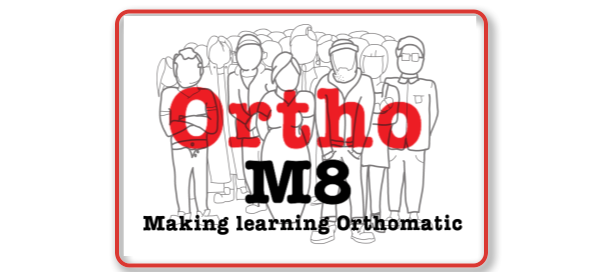"The stuff of nightmares!" A wise man once told me that his biggest fear was being asked this in the exam. Which one would you fix first? Which implant would you use? Just one? Traction or no Traction? Approaches?
We know that this is the type of question that can make or break you in the exam.

Picture these two scenarios:
1) You walk into the exam, it's the Trauma viva station. You are told about the polytrauma patient with an undisplaced hip fracture..you start talking confidently mentioning the ATLS guidance but then forget to get a full femur x-ray...
2) You walk into the exam, it's the Trauma viva station. You are told about the polytrauma patient with an undisplaced hip fracture..you start talking confidently mentioning the ATLS guidance, ask for a full femur x-ray because you know that undisplaced basicervical hip fractures in polytrauma can be associated with femoral shaft fractures.
3-6 % of shaft fractures are associated with an undisplaced neck of femur fracture
Once you have identified the associated shaft fracture remember this is only the beginning.
The debate is which part of the bone needs to be fixed first. Some suggest that if the femoral neck fracture is undisplaced then it is better to start with this in order to prevent further displacement and avascular necrosis.
Others suggest that if the neck is displaced then it is advisable to stabilise the shaft first. This gives a bigger lever arm for reduction of the femoral neck.
Most people suggest the use of 2 types of implants. A retrograde cephalomedullary nail and a dynamic hip screw/cannulated screws. Most people agree that the implants need to overlap in order to avoid a stress riser.
Another discussion could arise with regard to the how to reduce the neck if it fails to reduce closed. Do you open through the same incision that is used to fix the fracture or through a different approach? i.e. - A 2 incision approach or a one-incision approach.
What do you think?

